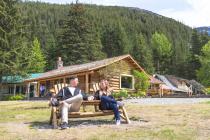Alaska’s Glaciers: Your Questions Answered
An Alaska cruise has plenty to offer Christian travelers, from the majestic landscapes, to the unique ports, to the wild adventure promised by this region. The amazing Bible teachers and musicians who regularly lead these cruises are also major draws.
If you want to see a glacier, an Alaska cruise is the best way to get as close as possible to this natural wonder. This wilderness area is home to 616 glaciers—and those are just the ones with names.
Our cruise partners are experts at educating travelers during a cruise, especially when approaching one of these vast rivers of ice. Here are a few of the things we’ve learned about glaciers on our cruises to the 49th state.
What are glaciers and how do they form?
Enormous masses of compacted snow, glaciers form in areas where more snow falls in the winter than melts in the summer. The accumulating snow compresses itself, slowly turning into ice. Gravity and the weight of the ice causes it to move downhill, “flowing” like any body of water would.
[caption id="attachment_9143" align="aligncenter" width="611"]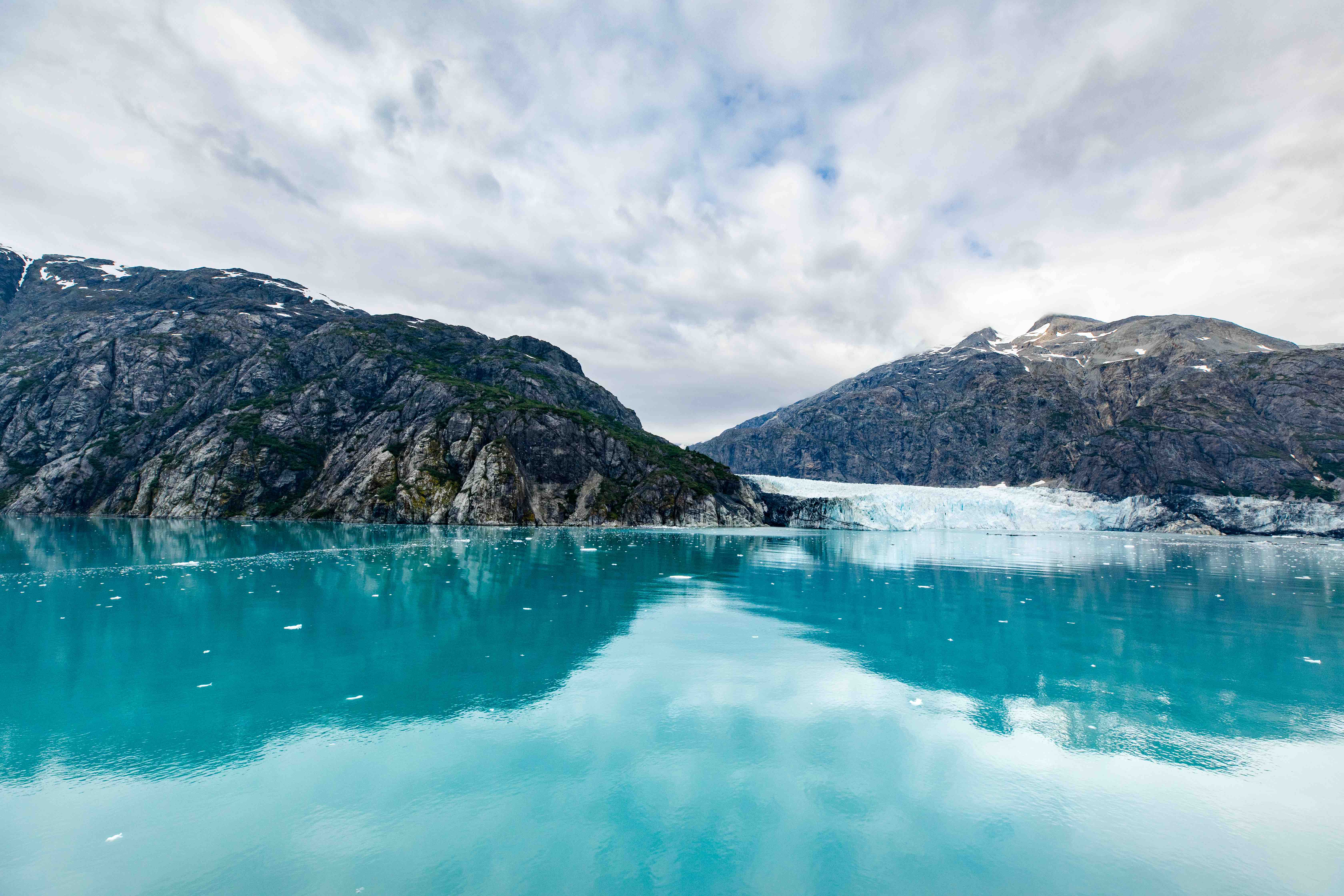 Mendenhall Glacier[/caption]
Mendenhall Glacier[/caption]
Some glaciers, like the Mendenhall Glacier near Juneau, may be up to 3,000 years old. Others are newer. The Hubbard Glacier, a tidewater glacier and common cruise destination in Yakutat Bay, is estimated to be around 400 years old.
How fast do glaciers move?
Very, very slowly. Some move just a few inches a day. Others may creep multiple yards a day. The speed depends on such factors as the slope of the land, the amount of snowfall and the temperature of the ice. Glacier speeds can vary seasonally—they tend to flow faster in the summer and slower in the winter.
[caption id="attachment_9146" align="aligncenter" width="611"]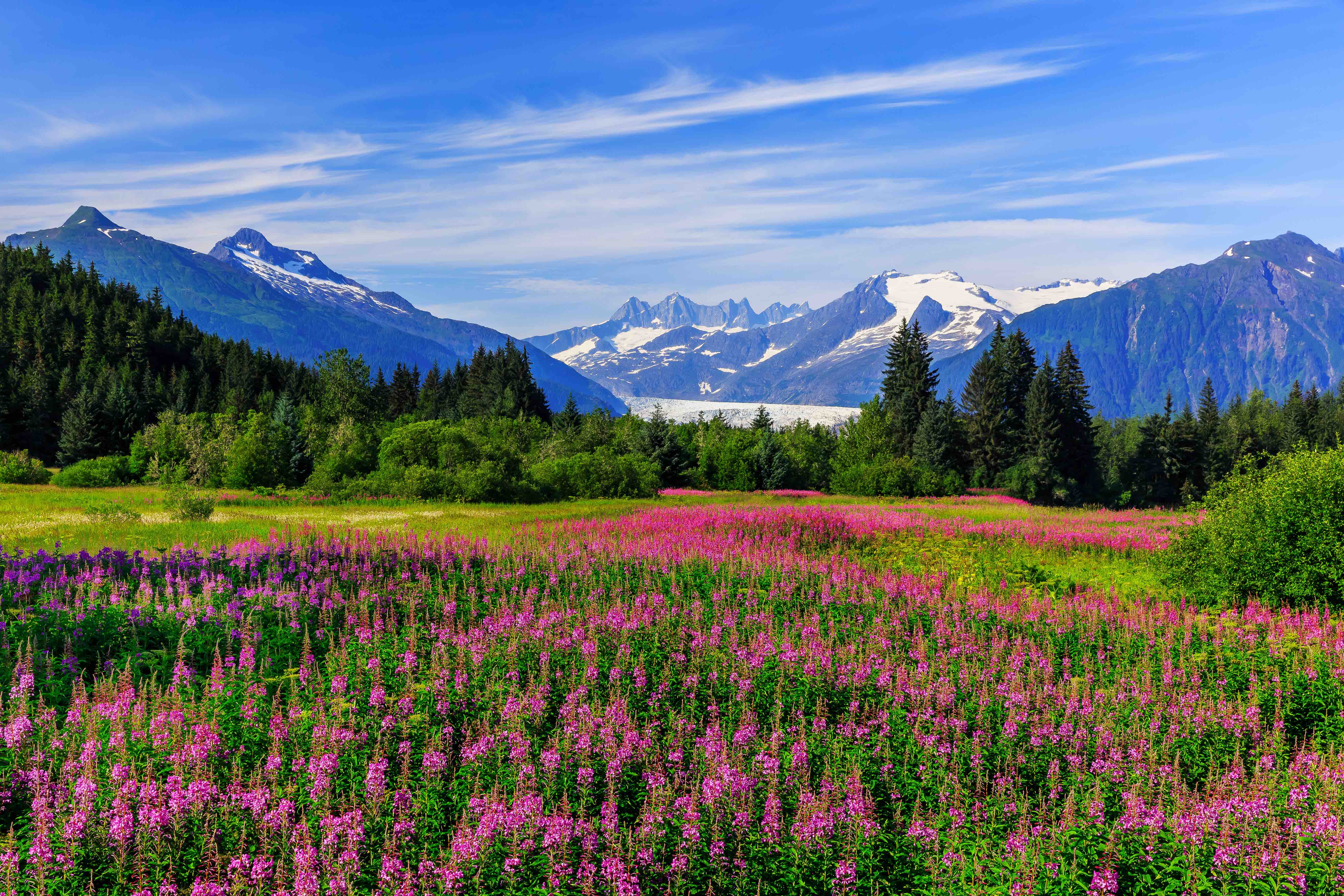 A field of wildflowers with Glacier Bay in the distance[/caption]
A field of wildflowers with Glacier Bay in the distance[/caption]
What is the difference between a tidewater glacier and a valley glacier?
A tidewater glacier flows into the sea, emptying in a body of water like a fjord or the ocean. Icebergs form when tidewater glaciers “calve,” or break off into the water. A valley glacier, as the name suggests, flows down a valley or canyon and terminates on land. These are long and narrow, and usually melt into streams or lakes.
Located in the Tongass National Forest near Juneau, the Mendenhall Glacier is a valley glacier that’s 13 miles long and empties into Mendenhall Lake. It is a popular destination for cruise passengers when in port at Juneau. Hikers and kayakers can get an up-close look at the glacier’s blue ice and crevasses from the lake’s shore.
Why do some glaciers appear more blue than others?
Some of Alaska’s glaciers—like Sawyer Glacier, Hubbard Glacier and Mendenhall Glacier—take on a bluish tint because of the way ice particles refract light. As sunlight enters the ice of a glacier, the blue wavelengths scatter more than other wavelengths, reflecting blue light back to our eyes. The denser or more heavily compacted the ice, the more blue you’ll see.
[caption id="attachment_9145" align="aligncenter" width="611"]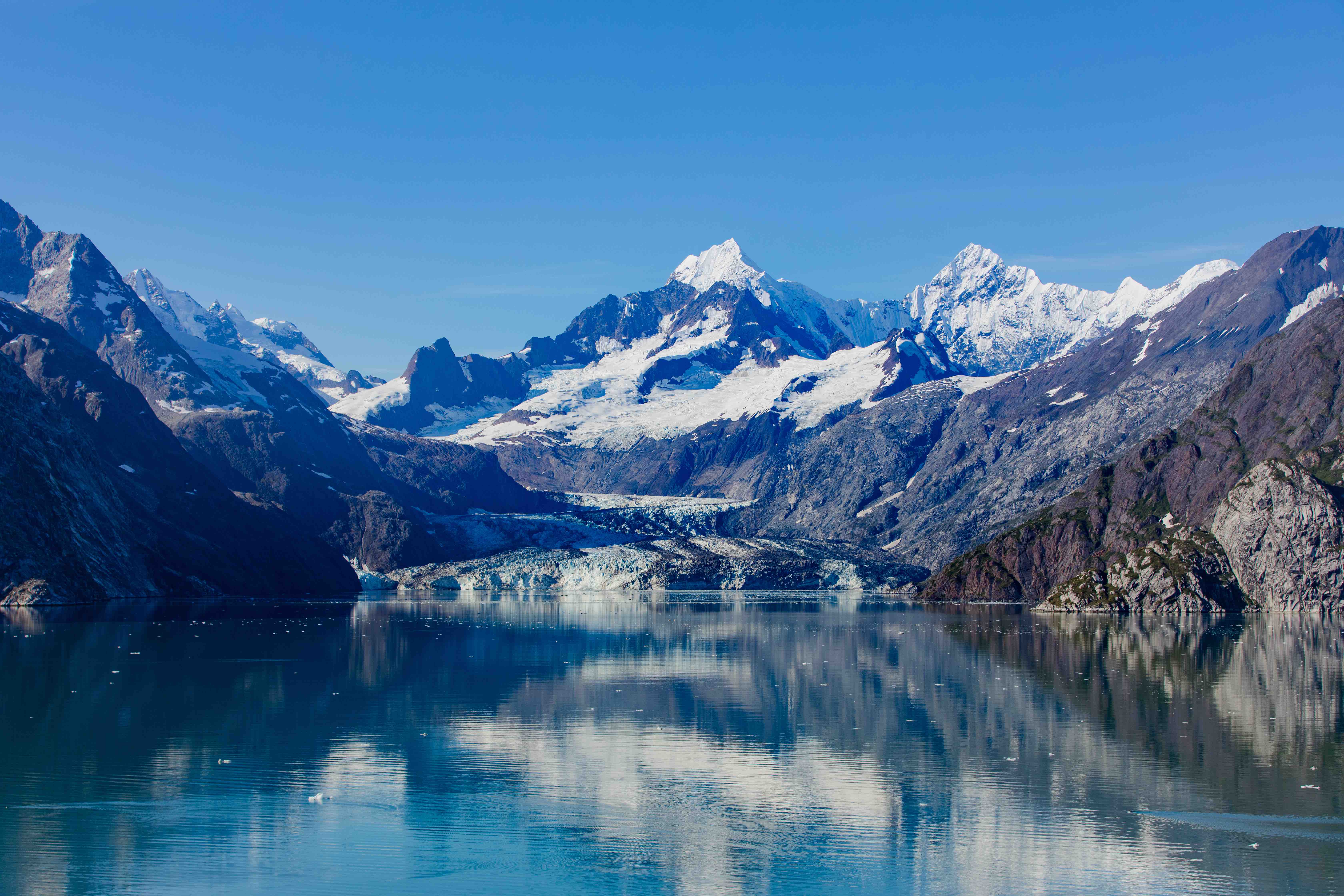 Sawyer Glacier[/caption]
Sawyer Glacier[/caption]
How do glaciers affect Alaska’s landscape?
Their impact is dramatic. Glaciers carve deep, U-shaped valleys over centuries. When they melt, they create lakes and rivers—the kind of cold, oxygen-rich water that salmon require for survival and reproduction. The nutrients they carry with them are also significant. Melting glaciers release nitrogen and phosphorus into the water, which stimulates the growth of aquatic plants and provides food sources for fish and other aquatic organisms.
Will I see icebergs in Alaska?
Possibly! Icebergs are fairly common near tidewater glaciers, and a typical Alaska cruise itinerary will likely include at least one of these kinds of glaciers. For instance, most cruises to Alaska will see Margerie Glacier in Glacier Bay, the Sawyer Glaciers in Tracy Arm (Stephens Passage) or Hubbard Glacier in Disenchantment Bay. You can confirm which glaciers an Alaska cruise visits by checking the itinerary.
[caption id="attachment_9144" align="aligncenter" width="611"]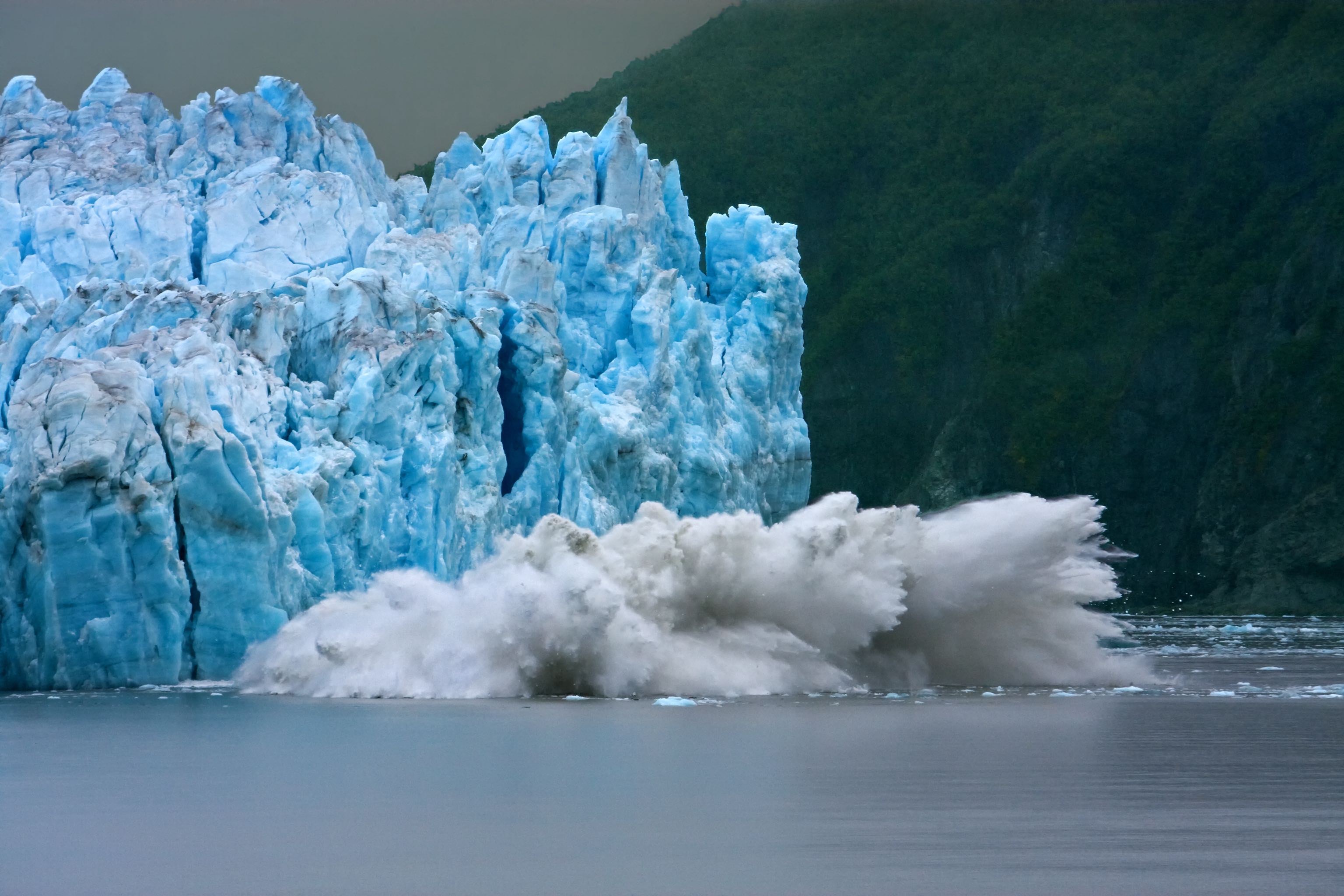 Hubbard Glacier calving[/caption]
Hubbard Glacier calving[/caption]
All these glaciers produce icebergs when large pieces of ice break off into the water. Watching a towering, sparkling iceberg calve off a glacier is a bucket list moment for many travelers, and this breathtaking experience is far from rare in Alaska.
Will I see wildlife on Alaska’s glaciers?
Not necessarily, as the icy surface of a glacier doesn’t make for a very good animal habitat. However, Alaska is home to a diverse array of wildlife, which means cruise passengers may see species like brown bears, sea lions, otters or bald eagles in the areas surrounding glaciers—including forested shorelines, especially where meltwater or rivers empty into the ocean.
[caption id="attachment_9147" align="aligncenter" width="611"]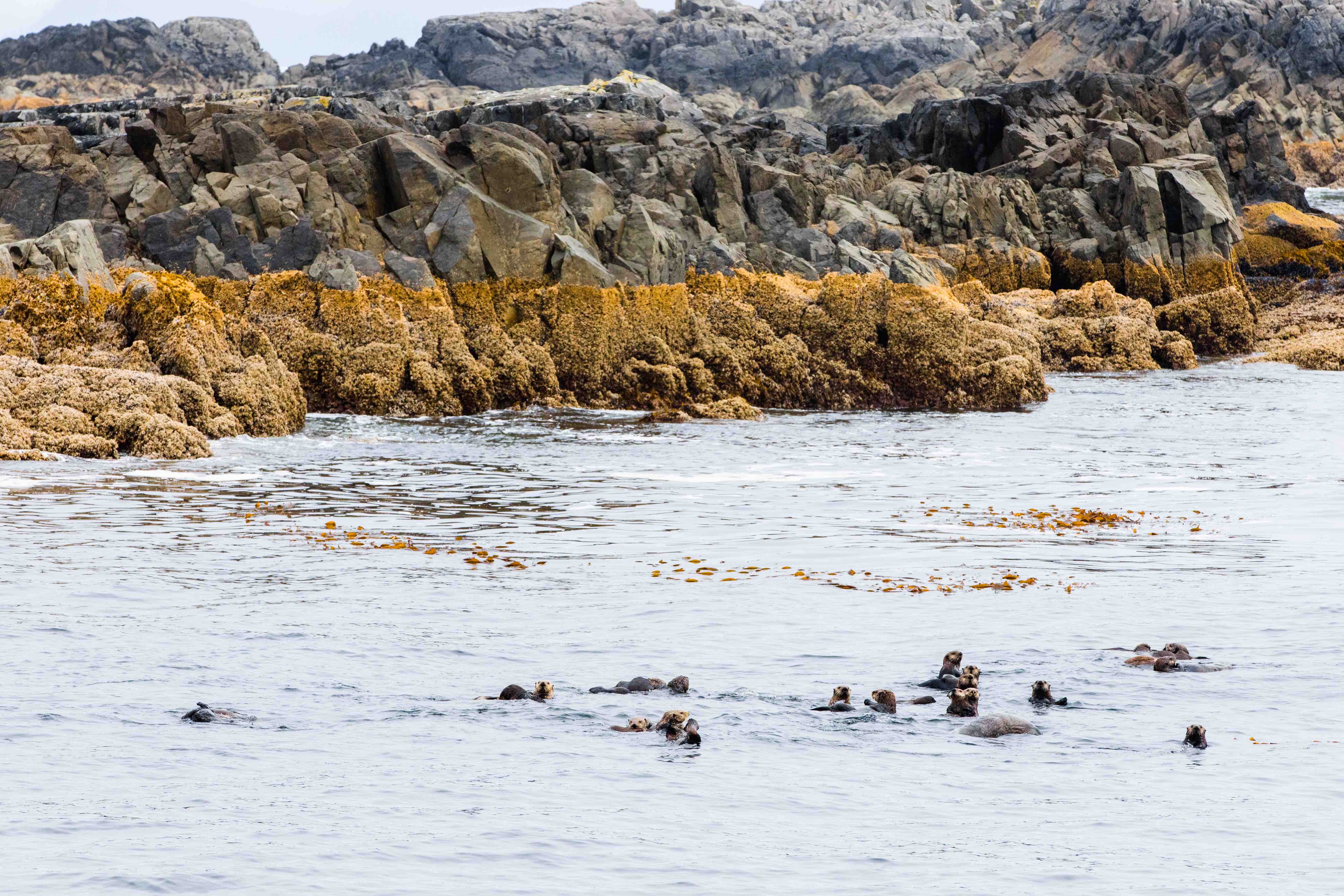 A group of playful sea otters in Alaska[/caption]
A group of playful sea otters in Alaska[/caption]
Are glaciers dangerous?
Glaciers are unpredictable, which can make them dangerous. Hikers must be aware of deep, hidden crevasses, the potential for falling ice and rock, and rapidly changing weather conditions. However, our excursion partners in Alaska have created a diverse set of floatplane and helicopter tours that allow cruise passengers to get as close as possible to a glacier while staying safe. For instance, some helicopter tours offer ice landings under the supervision of experts. If you aren’t feeling that adventurous, a cruise ship is one of the safest and most spectacular methods of observing a glacier.
[caption id="attachment_9148" align="aligncenter" width="611"]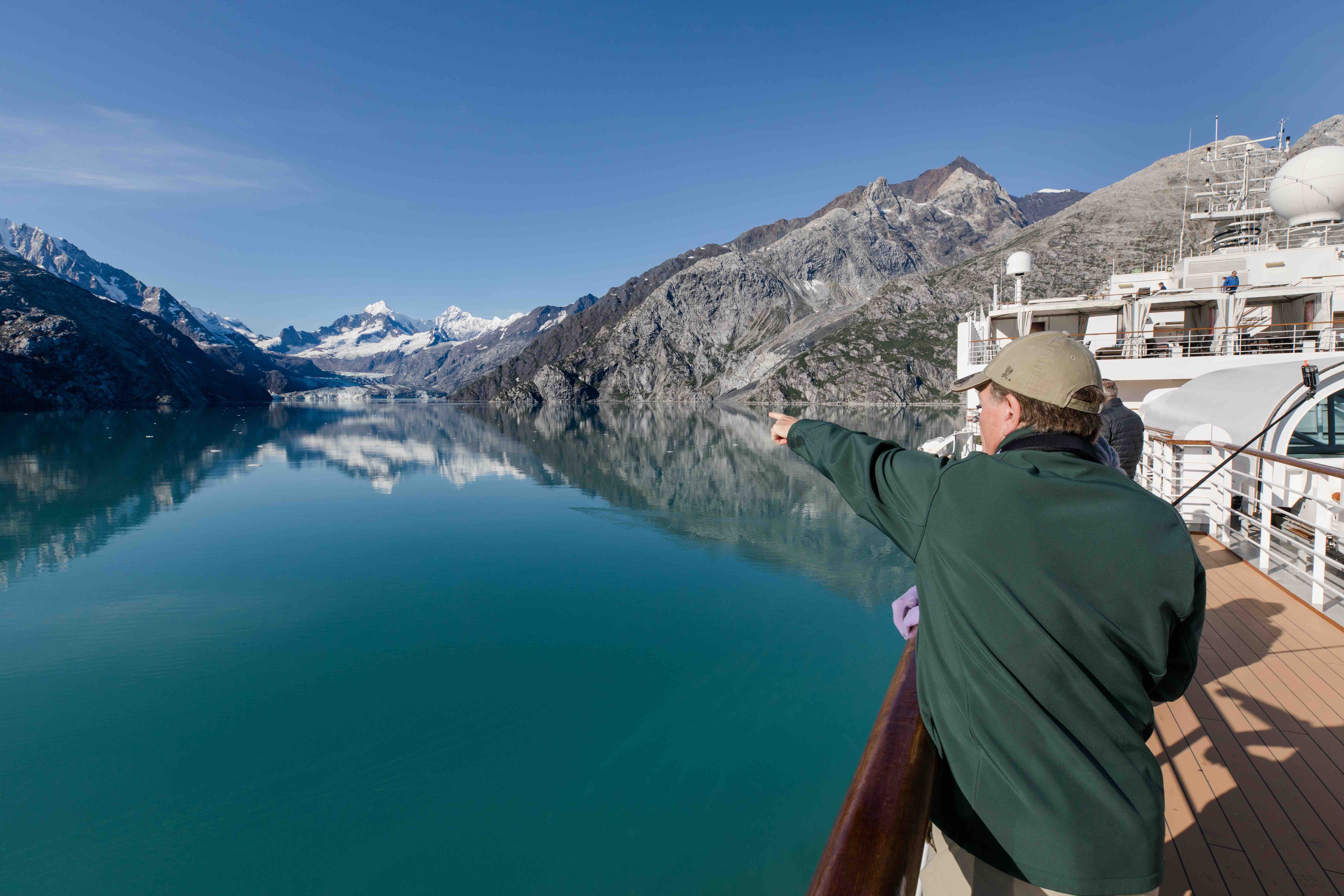 Christian travelers exploring Glacier Bay[/caption]
Christian travelers exploring Glacier Bay[/caption]
When you travel with us, our cruise partners offer excellent educational programs about the glaciers visible on a cruise to Alaska. We also created this Alaska Glacier-Gazing guide for more information on these incredible landmarks.
The best way to learn about Alaska’s stunning glaciers is to see at least one of them in person! Are you ready to mark a glacier encounter off your bucket list?





